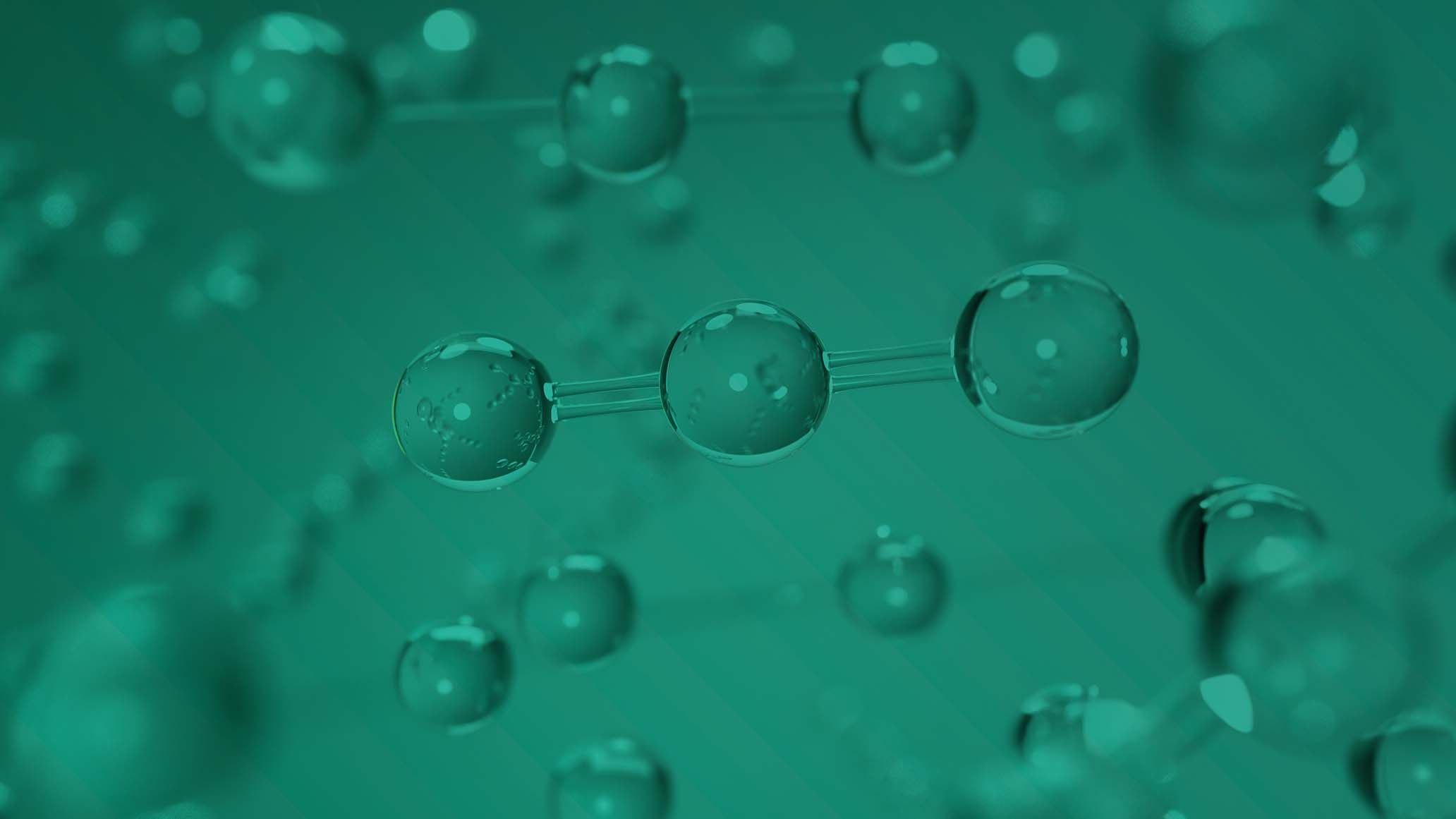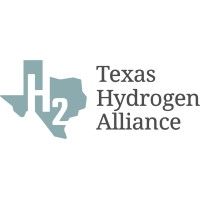Scientists Develop Cheap Carbon Capture and Storage Process that can be Used for Vehicle Exhaust
)
Berkeley scientists in the US have used melamine, a low-cost polymer, to engineer an easy and inexpensive energy-efficient way to capture CO2, reported Interesting Engineering.
The scientists claim the process can be used to capture CO2 from vehicle exhaust and other mobile sources of emissions. The new material can be easily sourced and made.
The melamine porous material captures carbon dioxide efficiently and performs as well as metal-organic frameworks (MOFs) but is cheaper to produce and is highly energy efficient.
“We wanted to think about a carbon capture material that was derived from sources that were really cheap and easy to get. And so, we decided to start with melamine,” said in a statement Jeffrey Reimer, Professor of the Graduate School in the Department of Chemical and Biomolecular Engineering at the University of California, Berkeley, and one of the corresponding authors of the paper.
“In this study, we focused on cheaper material design for capture and storage and elucidating the interaction mechanism between CO2 and the material,” Haiyan Mao, a UC Berkeley postdoctoral fellow who is the first author of the paper, said. “This work creates a general industrialization method towards sustainable CO2 capture using porous networks. We hope we can design a future attachment for capturing car exhaust gas, or maybe an attachment to a building or even a coating on the surface of furniture.”
Research demonstrated that adding cyanuric acid during the polymerization reaction of the new material increased the pore size dramatically and significantly increased CO2 capture efficiency: Further testing showed that nearly all the carbon dioxide in a simulated flue gas mixture was absorbed within three minutes using this technique.
“What Haiyan and her colleagues were able to show with these elegant techniques is exactly how these groups intermingle, exactly how CO2 reacts with them, and that in the presence of this pore-opening cyanuric acid, she’s able to cycle CO2 on and off many times with capacity that’s really quite good,” Reimer said. “And the rate at which CO2 adsorbs is quite rapid, relative to some other materials. So, all the practical aspects at the laboratory scale of this material for CO2 capture have been met, and it’s just incredibly cheap and easy to make.”
“Utilizing solid-state nuclear magnetic resonance techniques, we systematically elucidated in unprecedented, atomic-level detail the mechanism of the reaction of the amorphous networks with CO2,” Mao said. “For the energy and environmental community, this work creates a high-performance, solid-state network family together with a thorough understanding of the mechanisms, but also encourages the evolution of porous materials research from trial-and-error methods to rational, step-by-step, atomic-level modulation.”



)
)
)
)
)
)
)



)
)
)
)
)
)
)
)
)
)
)
)
)
)
)
)
)
)
)
)
)
)

)

)
)
)

)
)
)
)
)
)
)
)
)
)
)

)

)
)
)
)
)
)
)
)
)
)


)
)
)

)
)
)

)
)
)
)
)

